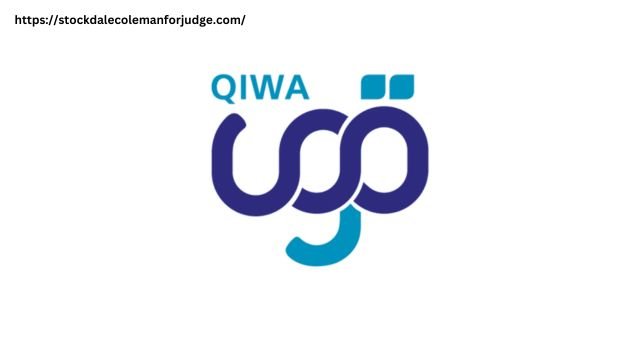Digital Wallets vs. Traditional Banking: Understanding the Key Differences

When was the last time you went to your nearest bank to transfer money to your nearest ones? Or when was it when you paid in cash at a retail store? Wow! It must have been a long time ago. With each passing year, the reliability of digital platforms, especially a digital wallet, is increasing for obvious reasons. The feasibility and convenience it offers are nothing in comparison to old-school traditional banking methods.
Understanding the critical differences between these two mediums can help one decide which method suits them the best and why. Today, let’s dive between the battle of Digital Wallets vs Traditional Banking.
Digital Wallets and Traditional Banking: Explained
Both these platforms, which might be North and South, are somehow interconnected in the era of modern financial services. When we talk about a digital wallet, they basically mean a secure mobile app that tends to store all your payment information.
This can include credit card details, debit card details, etc. It helps cut down the usage of physical wallets, which gives your pocket relief and peace of mind as it cuts down the risk of loss. Once you adapt to this technology, you are in for a ride, as you can make contactless and superfast payments digitally.
However, traditional banking feels like going back in time. It wastes a lot of time as one has to rely on physical visits to the financial institution and heavily rely on cash.
Understanding the Key Differences
- Accessibility
While digital wallets are available with just a single tap on your smartphone, traditional banking is still somewhat constrained in terms of mobility. This is because essential components such as ATMs require one to visit the location for certain transactions. On the other hand, a digital wallet app enables one to make payments and transfer money from anywhere and anytime.
- Safety and Security
Both these methods tend to employ security measures to protect your financial information at any cost. It is obvious that, in the digital space, e-wallets use encryption and multi-factor authentication to prevent any fraudulent activity. Traditional banking centres are also heavily regulated at all times, offering high security for your deposits.
- Extra/Additional Services
Nowadays, digital wallets are considered as an all-in-one platform where you can easily explore financial services beyond essential payment functions. This can include loyalty programs, spin-and-win rewards, budgeting tools, bill-splitting capabilities, etc. However, traditional financial institutions offer various services beyond payment processing, including savings accounts, investments, loans, etc; nowadays, many conventional platforms are tying up with fintech companies to enhance their offerings in the digital space due to their competitiveness.
Digital Wallets or Traditional Banking: Mystery remains.
Even though the future is digital, one should stay in their traditional roots! With a prime focus on easy accessibility and convenience, most of our country’s population now depends on UPI payment instead of old-school cash. This also promotes the Government of India’s initiative to go completely digital and paperless!
Lastly, when it comes to choosing an e-wallet platform, I’d recommend the ‘Bajaj Finserv’ application. Believe me, this is one of the best platforms and has a lot to offer. From your day-to-day payments to long-term investments, you are in for a ride. Highly recommended!
Conclusion
The battle between these mediums continues, but in the long run, convenience always wins! While both platforms are constantly evolving, always consider that the future is digital wallet!












